ASD File: EFAA
AUBURN SCHOOL DISTRICT
CHARGING OF SCHOOL LUNCH
Students in the Auburn Village School will be offered a nutritious, state-approved lunch at a price that has
been approved by the School Board for that school year if they desire.
Students will be able to charge lunch subject to the criteria of this policy. Parents/guardians of students
who are not able to afford school lunch are encouraged to apply for federal aid, through the National
School Lunch Program. Applications can be found on our website or by reaching out to our Nutrition
Services Director. Copies are sent out at the beginning of every school year.
A. When a student’s lunch balance is $5 or less, the parent will be notified.
B. If the negative balance reaches $10.00, the Food Service Director will call the parent/guardian.
C. If the negative balance reaches $25.00, the Principal will call the parent/guardian.
D. If a 1st or 2nd grade student has a negative balance, he/she will be allowed to charge a lunch or milk.
No snacks may be charged by those with a negative balance.
E. If a 3rd – 8th grade student has a negative balance, he/she will be allowed to charge a lunch for two
days. No snacks may be charged by those with a negative balance.
F. The Superintendent is authorized to take appropriate action to recover any balances owed to the District in cases where the parents do not cooperate in settling their debt.
The District will redefine school lunch debt as bad debt at the end of the school year or if the student
leaves the district for any reason. At the time that the debt is redefined as bad, nonfederal funds from
the District will be used to pay off the debt.
Legal References:
15 U.S.C. & 1692-1695 federal Fair Debt Collection Practices Act (FDCPA), 42 U.S.C. 1758(b)(6), Use or disclosure of
information Civil Rights Act of 1964 & 7 C.F.R. Part 15, Subpart A & B 2 C.F.R. $200.426, 7 C.F.R $210.09, 7 C.F.R
$210.10, 7 C.F.R $210.15, 7 C.F.R. $245.5 USDA SP 46-2016 – No later than July 1, 2017, all SFA’s operating the
Federal school meal program are required to have a written meal charge policy. USDA Guidance SP37-2016:
Meaningful Access for Persons with Limited English Proficiency (LEP) in the School Meal Programs RSA 189:11-a, RSA
358-C, New Hampshire’s Unfair, Deceptive or Unreasonable Collection Practices Act; NH Dept. of Education Technical
Advisory – Food and Nutrition Programs
Adopted: June 14, 2011
Revised: May 9, 2017
Revised: February 10, 2021
